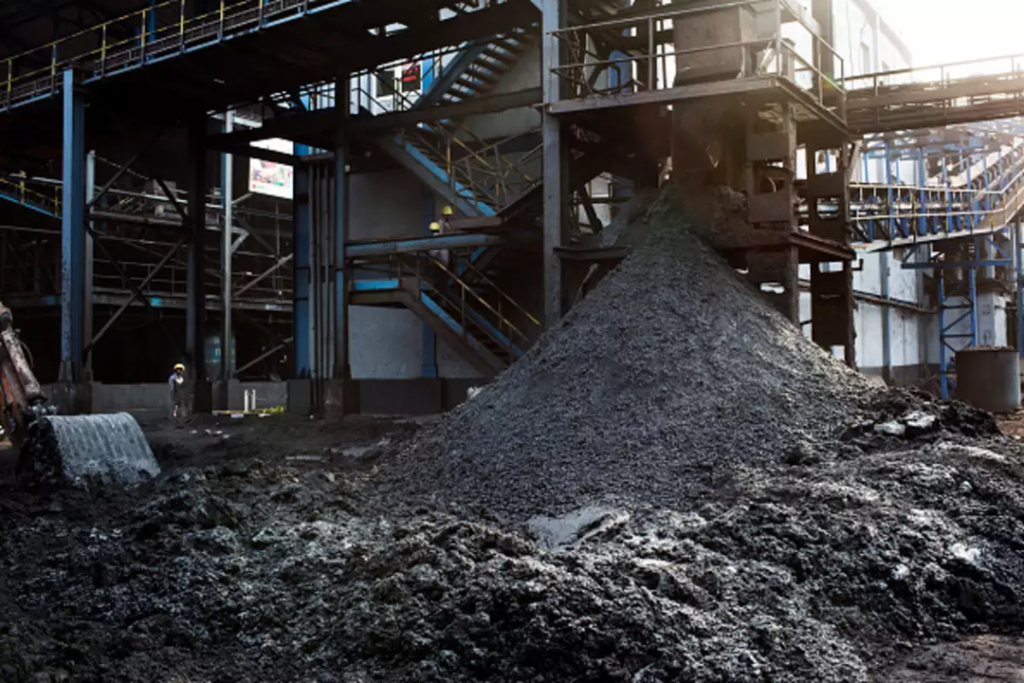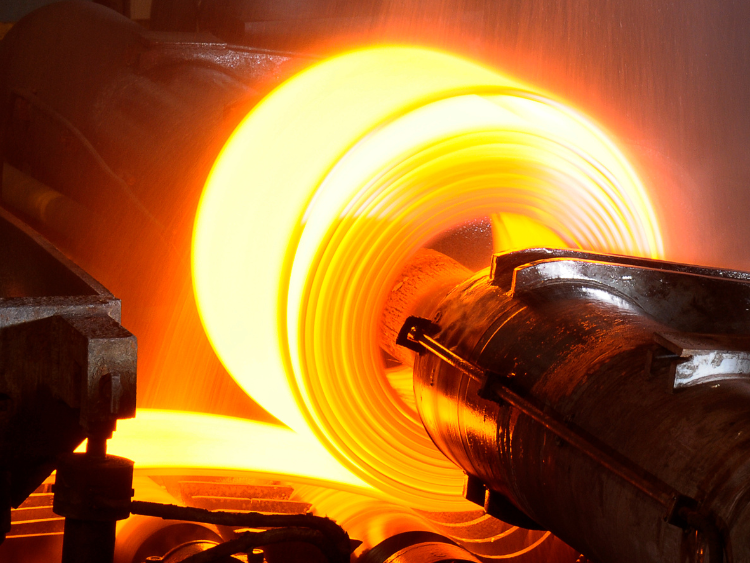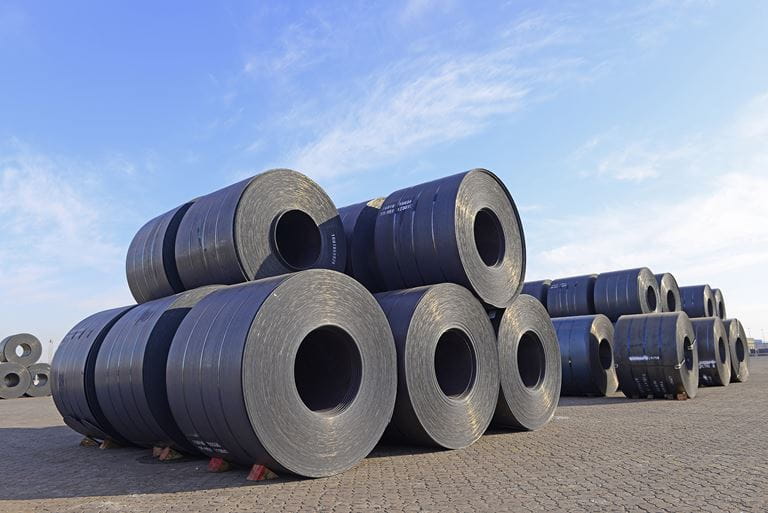India’s consumption of fuel-grade petroleum coke will likely rise in 2024 on increased regional supply, easing of sanctions on Venezuelan coke, and prospects of growing cement consumption in an election year. Gasifier coke demand is also expected to raise imports.
Indian cement makers, the key consumers of imported fuel-grade coke, have broadly kept coke’s share steady in their fuel mix in 2023, as coke prices remained competitive against high-calorific value thermal coal, the main alternate fuel. The trend is likely to continue in 2024 unless Chinese buyers return with force and start competing for high-sulphur coke cargoes.
A decline in coke prices in 2023 from the historical highs of 2022 prompted Indian cement plants to raise coke consumption. The Argus-assessed cfr India price of US 6.5pc sulphur coke averaged approximately $138/t in 2023, down significantly from about $206.50/t a year earlier. The cfr India price was last assessed at $115/t on 3 January.
Prices of thermal coal, Indian cement makers’ main alternative to coke, have also fallen sharply this year but remain expensive against coke on a heat-adjusted basis.
Some Indian buyers temporarily considered seaborne coal, particularly US Northern Appalachian (NAPP) supply, in early 2023 and again in August when it offered some discount compared with coke. But those windows did not last long as sellers adjusted coke prices to generate demand. Coke is the cheapest fuel at current levels, while cfr prices of NAPP coal are being indicated around $120/t.
Cement makers strive to optimise their kiln fuel mix since it accounts for about one-third of cement production costs.
Dependence on imported coke
India, the world’s second largest coke importer, received 9.95mn t of coke over January-November, up by 22pc on the year, according to Interocean data.
The increase was primarily because of higher receipts of fuel-grade coke. Interocean does not provide segregated data for fuel-grade and anode-grade coke, but the bulk of imports were fuel-grade as anode-grade imports are capped at 1.9mn t/yr of green and calcined combined.
India has a fuel-grade coke deficit of approximately 10mn-11mn t/yr for cement making. The country’s imports in 2024 will likely be close to this number unless a cheaper alternate fuel emerges to partially replace it, a fuel procurement executive at a cement firm said.
Cement capacity to rise
Overall coke import demand could climb next year as many Indian cement makers are in the midst of aggressive expansions, generating additional kiln fuel demand.
Capacity at India’s largest cement maker Ultratech stood at 135.35mn t/yr as of June, up from 120mn t/yr a year ago. Others like Adani, Shree and Dalmia have also been adding capacity. India is the world’s second-largest cement producer after China but has a low per-capita consumption of 240-250 kg/yr, compared with a global average of 500-550 kg/yr.
India Ratings, a subsidiary of global ratings agency Fitch, expects a large chunk of the industry’s announced capacity addition of 150mn t/yr to become operational by March 2025. Cement consumption is also supported by increased government spending on infrastructure projects ahead of the mid-2024 general elections.
In addition to the cement market, a refinery’s coke gasifier on the west coast of India has also been raising its imports. Imports for the gasification project stood at 314,000t from January-August, compared with 110,000t in the year earlier period, according to the latest available GAC Shipping data. Total gasifier imports stood at 272,000t in 2022 and 162,600t in 2021.
The facility could maintain this higher level of purchases in 2024, although this demand is guided by the dynamics of the gas market and the refiner’s own output.
Venezuela development
The easing of US sanctions on Venezuelan coke has widened its customer base in India. At least two large Indian cement makers bought Venezuelan coke cargoes for the first time after the US in October issued a six-month pause on sanctions ending on 18 April 2024. Indian buyers have purchased a minimum of five Venezuelan coke cargoes since the sanctions eased.
More Indian cement makers are willing to experiment with this coke as an alternative to US and Saudi Arabian coke owing to its higher Hardgrove Grindability Index (HGI) and lower sulphur content, even with a negligible discount to other origins.
An extended pause on sanctions beyond 18 April could further lift shipments into India. India received 546,200t of Venezuelan coke over January-November, compared with 548,200t received in all of 2022. Industry watchers expect these imports to inch higher in 2024.
New supply from Oman
Availability of high-sulphur coke from Omani state-owned OQ’s new 230,000 b/d Duqm refinery starting in October has expanded supply for key coke markets in the region, particularly India.
India, especially its west coast, is a natural market for Omani coke because of the short voyage of 3-4 days. Production from Duqm is expected to be around 500,000-600,000 t/yr. The bulk of Duqm’s exports so far have been directed to India, with about 361,000t of Omani coke heading to India in January-November 2023, more than double the 140,700t received in 2022. The 2022 shipments were primarily anode-grade coke from OQ’s 198,000 b/d Sohar refinery, and the surge in 2023 was primarily a result of supplies from Duqm.







